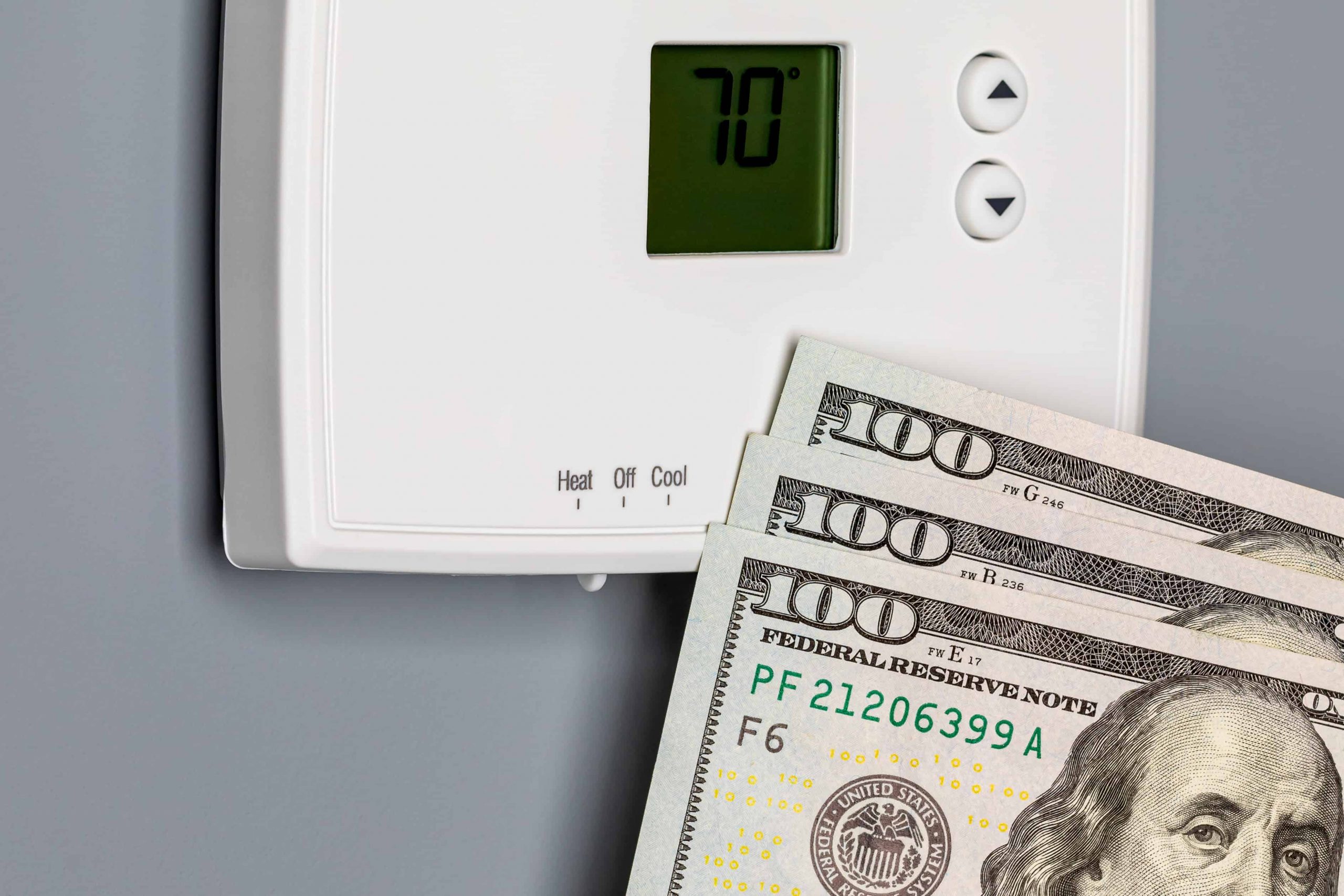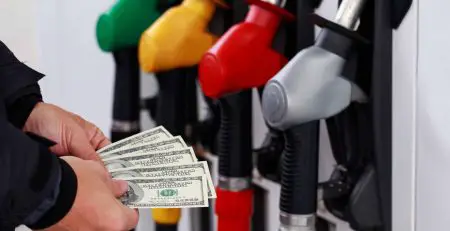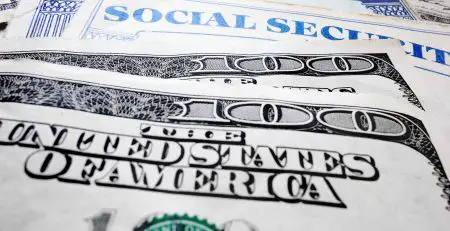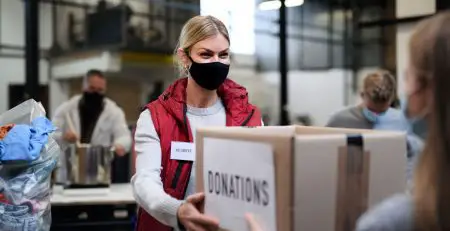Not everyone can afford a place to live. This is especially true for low-income families. However, there are programs available that can help families upgrade their living conditions and even save money. One example is the Weatherization Assistance Program (WAP). This program can help households in need, and it’s all thanks to the United States Department of Energy (DOE).
WAP can help qualifying families reduce their energy costs. This program works to increase the energy efficiency of these homes while keeping safety and health in mind. According to a nationwide review of WAP, the benefits can save recipients an average of $372 or more annually! WAP was founded in 1976, and since then it has helped over 7 million families.
The Weatherization Assistance Program (WAP) Explained
One of the most comprehensive programs for energy efficiency is WAP. This program can reduce the energy costs that recipients face by improving the energy efficiency of households that are eligible. Additionally, this program not only helps those in need but also makes job opportunities! WAP employs 8,500 people in the United States.
How Does WAP Work?
Before we discuss the program, let us first understand its objectives. WAP aims to improve the energy efficiency of low-income families’ households. However, WAP has another goal in addition to improving energy efficiency. The program is also looking to reduce energy costs while improving health and safety. A focus may be placed on homes with:
- Children
- Family members who are elderly
- Family members who have a disability
WAP formula grants are available in all 50 states. These grants are the primary source of funding for the program. Aside from the 50 states, WAP can benefit the following areas:
- Territories of the United States
- The District of Columbia
- Native American Tribes
The DOE will award the grants to the recipients. Following that, recipients will sign contracts with approximately 700 local organizations nationwide. Among these organizations are:
- Community action agencies
- Other nonprofit organizations
- Local governments
Keep in Mind:
The contracting organizations will use both private contractors and in-house crews. They will manage the weatherization services associated with these programs. Only households that are eligible will be provided with the services.
The WAP Benefits
WAP can benefit not only families but also revive communities. This revival occurs as a result of promoting economic growth and lowering environmental impact! Consider the following: For every $1 invested in WAP, it can return $2.78 in non-energy benefits. Generally, WAP has the following benefits:
- Homes are in better shape, making them fit to live in.
- Providing 8,500 jobs
- Assisting households in saving an average of $372 or more
- On average, $514 is saved in out-of-pocket medical expenses
- Saving $583 per year as a result of fewer missed workdays
Applying For WAP
You will need to go through an application process if you want to take advantage of WAP. Remember that WAP is a federal program. However, it is managed at both the state and local levels. You should also contact your state’s weatherization agency. You can expect the application process to work something like this:
- Determine if You are WAP-Eligible
- Locate a Local Weatherization Provider
- Send a WAP Application
- Prepare Yourself for Weatherization Services
Determine If You Are WAP-Eligible
WAP is mainly designed to help low-income households. It comes as no surprise that income plays a significant role in eligibility. According to DOE guidelines, eligible households must meet the low-income requirements. These are at or below 200% of the poverty income guidelines. However, there are cases where some families automatically qualify. For example, a family could automatically qualify if they receive benefits from other federal programs. A federal program that is eligible is Supplemental Security Income (SSI).
States can also set their requirements in addition to the DOE guidelines. Some states may choose to apply the Low-Income Home Energy Assistance Program (LIHEAP) criteria. These require qualifying households to earn 60% of the state’s median income.
Locate a Local Weatherization Provider
Try to find a weatherization provider close to you because you will submit your application to this provider. Although some states may require you to fill out an online application, the majority will provide you with a list of local providers along with relevant contact information. In most cases, these lists will be organized by county.
Send a WAP Application
After you’ve determined your eligibility and which provider is closest to you, it’s time to submit an application. To start this process, you’ll need to get in touch with the provider. You’ll be required to provide information, some of which is proof of income.
Social security payments and pay stubs are examples of documents commonly used to prove income. Also, don’t hesitate to apply even if you don’t think you qualify. The application won’t cost you anything: it’s free. Keep in mind that going through the application process is the only way to know if you are truly eligible.
Prepare Yourself for Weatherization Services
After receiving your application, your local weatherization provider will determine whether you qualify. If you meet the requirements, you should prepare to receive weatherization services. It’s important to note that local preferences on who receives benefits may exist. If you’re a renter, get your landlord’s permission first before you get the weatherization services.
What Should You Expect From Weatherization Services?
You should first qualify for weatherization services. After that, your local weatherization provider should schedule an energy audit for you. An energy audit is essentially an evaluation of your household’s energy consumption. A professional energy auditor will conduct these audits, which will include the following:
- An examination of your energy bills
- An examination of the home’s energy equipment for potential safety and health hazards.
- A pressure test to determine how much outside air enters your home.
When the audit is finished, the energy auditor (also known as the crew leader) will contact you. They will explain the next steps and the work that will be done. In most cases, the services are completed within two days. After the weatherization services are complete, an inspector will check the work and make sure it complies with Standard Work Specifications.
Bottom Line
To sum up, low-income families that need help with energy expenses have more support than they realize. The Weatherization Assistance Program (WAP) is one specific beneficial option. This program can help families save money on energy by providing weatherization services. WAP can help recipients save and average $372 or more per year! If you want to take advantage of this program, contact your local weatherization provider. This provider is the first step in the process of handling your application!











